Eisenhower Tower
Canada’s surprisingly controversial monument to Dwight Eisenhower.
Castle Mountain in Canada’s Banff National Park is a 9,000-foot-tall ridge of limestone that assumed its current proportions sometime during the Cambrian Period. The spot has delighted mountaineers since time immemorial with its pure alpine air and breathtaking views. For a spell however, a misguided change in nomenclature by faraway bureaucrats plunged the peak into a uniquely Canadian scandal.
The story begins on January 10th, 1946, when General (and not yet president) Dwight D. Eisenhower was due to arrive at the Ottawa Canadian Club as the guest of honor. World War II had just come to an end the summer before, and the tremendously popular general was completing an international victory lap across the Allied nations.
Ike’s reception by the Canadian government presented something of a dilemma for Prime Minister Mackenzie King: What do you get as a gift for the five-star general who has everything?
Medals and traditional state presents wouldn’t cut it here; before coming to Ottawa Eisenhower had been given an entire Scottish Castle for heaven’s sake. This last piece of information sparked a logical (if laughably simplistic) connection in King’s mind. Canada had a castle too… Castle Mountain!
And so it were, on that day the spot known as Castle Mountain since the 1858 Palliser Expedition came to be rechristened Mount Eisenhower. “We have no ancient castles in Canada,” King told his audience in Ottawa, “but we have something more enduring, we have ancient mountains - mountains of towering eminence not only in this country but in the whole world.”
Mountain honorifics in Canada are normally subject to a rigorous review by the Permanent Committee on Geographical Names. In this case, Prime Minister King bypassed the experts and ordered the Geographical Board to alter the name immediately. The end run ignited a three-decade-long grassroots campaign to strike the decision and restore the Castle mount.
In line with Canadian stereotypes, the protestors were a polite and self-dignified bunch.“There is no disrespect meant for General Eisenhower,” one objector patiently explained to the Calgary Herald. “But Castle Mountain was the traditional name and an appropriate physiogrammatical name,” he continued. “It looks like a castle”.
Year after year the petitions before the Alberta Heritage Sites Board piled up, and finally in 1979 they agreed to revert to the name Castle Mountain. A smaller pinnacle on the eastern side became “Eisenhower Tower” as something of a consolation prize to the then-deceased American general.
Interestingly, this isn’t the only mountain that was controversially named after Dwight Eisenhower, as across the continent in New Hampshire another peak bears his name, a renaming decision opposed by many New Hampshirites. Unlike the successful protest in Canada, Eisenhower’s name prevails to this day in the mountains of New Hampshire.

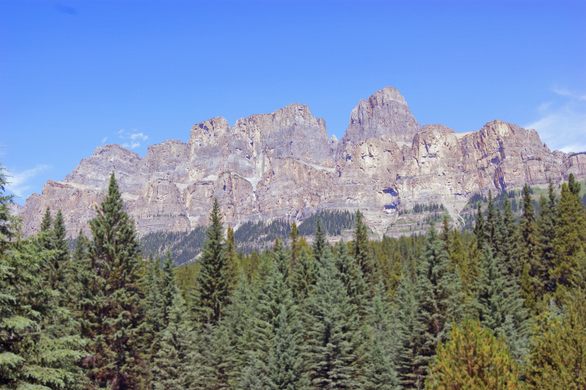
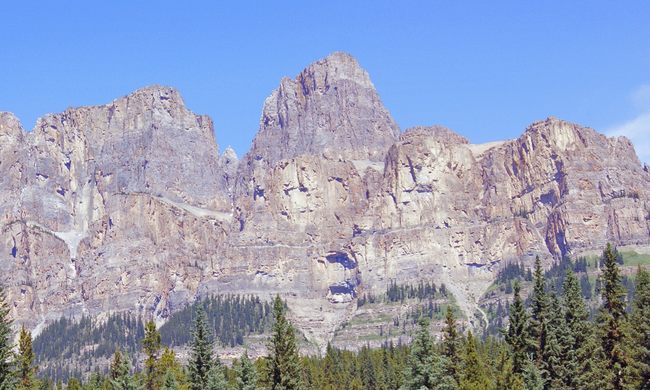
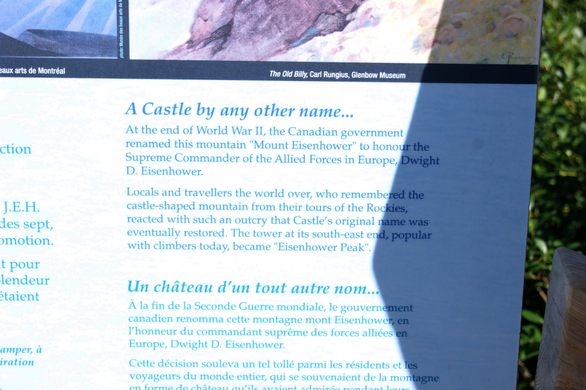



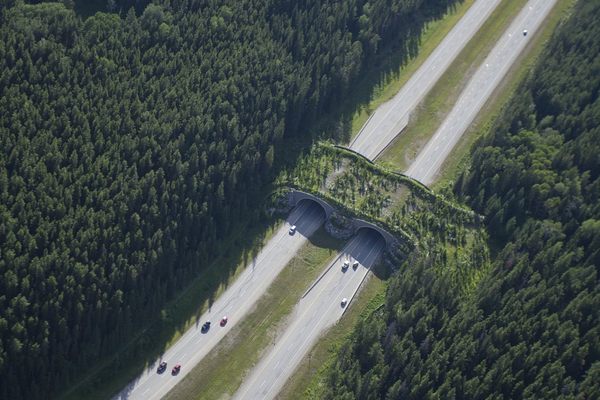

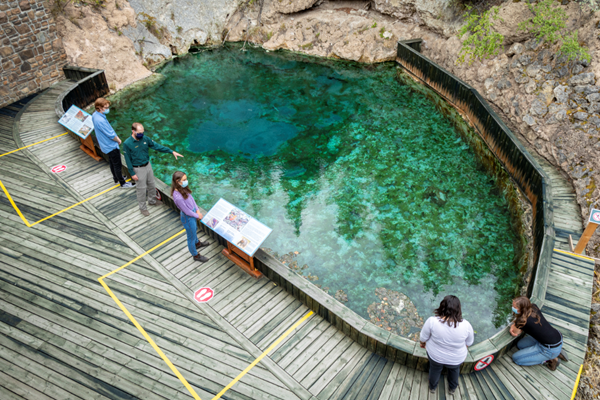





Follow us on Twitter to get the latest on the world's hidden wonders.
Like us on Facebook to get the latest on the world's hidden wonders.
Follow us on Twitter Like us on Facebook